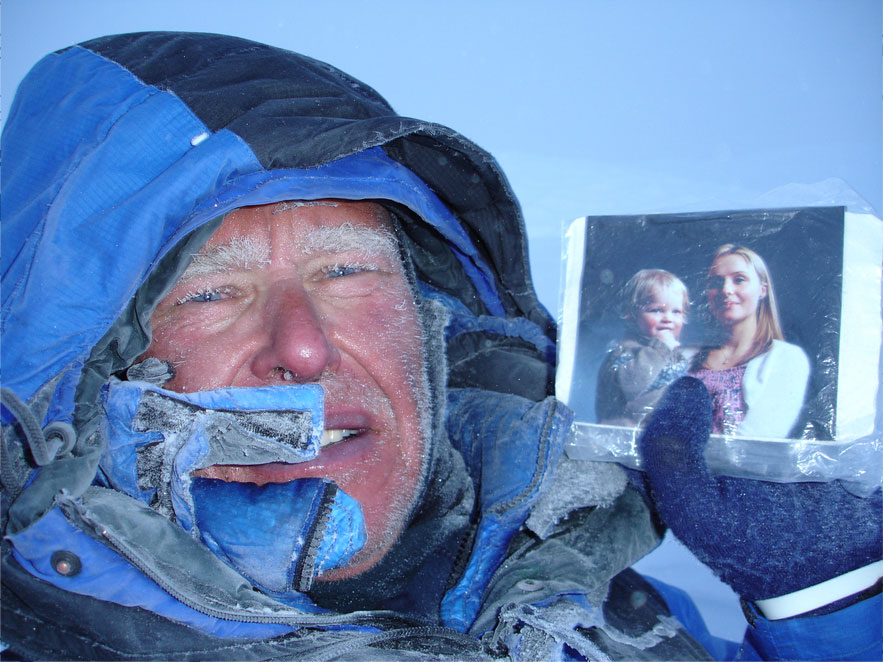Words by Sam Haddad
Thumbing through Alan Hinkes’s twitter feed is like taking a whirlwind photo tour of Britain’s most beautiful hilltops. Helvellyn, Blencathra, Tryfan, Snowdon, Scafell Pike…they’re all there, in all seasons and in all weather. But what you won’t see much of is Hinkes himself. “I think selfies should be banned,” the celebrated climber and mountaineer tells me in this thick Yorkshire accent.
“I’m a photographer and I take photographs of landscapes, which often include people, but I don’t take selfies,” he says. Hinkes doesn’t like the way the landscape is relegated to the background in a selfie, or at times blocked out entirely, when it should be the main story. Though he goes on to dryly suggest he may have invented the selfie in 2005: “On the summit of Kangchenjunga, the third highest mountain in the world, I held my digital camera at arm’s length but I called it an ‘arm’s lengthie’. No one called them selfies back then.”
Hinkes, now 62 and with an OBE attached to his name, had been climbing Kangchenjunga, which lies partly in India and partly in Nepal, as part of a bold attempt to climb each of the 14 peaks that are over 8,000 metres; the 8,000ers, as they’re known in climbing circles. He is the first and only British climber to have achieved the feat.






